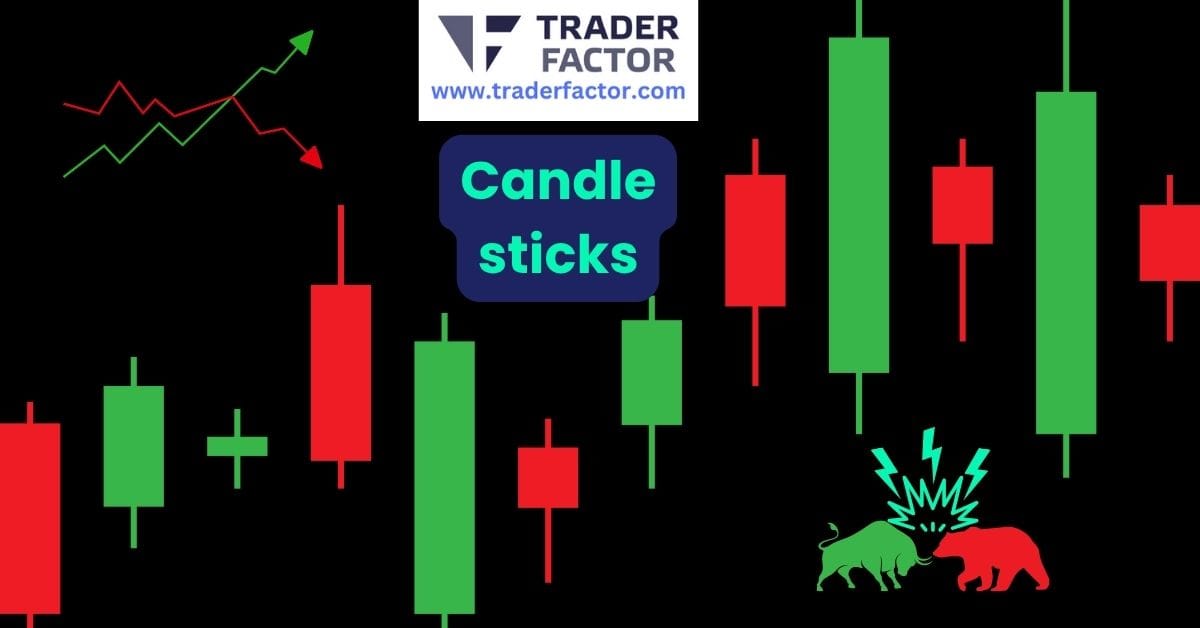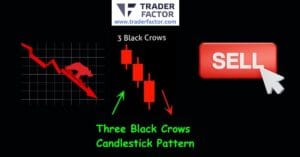Candlestick patterns are a must-know for any forex trader. They give you clear, visual cues about market trends and potential price reversals, helping you make smarter trading decisions. If you’re new to trading, getting a handle on these patterns is one of the best ways to build a solid foundation. In this guide, we’ll break down how you can read, analyze, and apply candlestick patterns to improve your forex trading strategy.
Table of Contents
ToggleWhat Are Candlestick Patterns in Forex Trading?
The Basics of Candlesticks
Candlestick patterns show price movements during a specific trading period. Each candlestick tells a story—it shows the high, low, open, and close prices, giving you a snapshot of what’s happening in the market. Traders use these patterns to spot trends, reversals, and continuation signals.
These patterns aren’t random; they reflect trader behavior and market sentiment. For example, bullish patterns hint at upward momentum, while bearish patterns suggest the market might take a dive. Learning how to read these charts is your first step toward trading success.
Why You Should Learn Candlestick Patterns
If you’re just starting, candlestick patterns can make complex market data easier to understand. Think of them as insights into what the buyers and sellers are doing at any moment. Instead of relying on overwhelming technical indicators, you can spot opportunities just by analyzing candlesticks on your forex chart.
Knowing the basics also helps reduce your risks. Patterns like hammers or shooting stars can highlight when it’s a good time to enter or exit a trade, helping you time your moves better. Plus, candlestick patterns work across currency pairs and timeframes, making them a versatile tool in your trading arsenal.
How to Read Candlestick Patterns
Breaking Down a Candlestick
Each candlestick has two main parts: the body and the wicks (or shadows). The body shows where the price opened and closed, while the wicks represent the highest and lowest points during that period. A filled (or solid) candlestick usually indicates a bearish trend, while an unfilled (or hollow) one shows bullish activity.
The real magic happens when you look at patterns formed by multiple candlesticks. For instance, a “morning star” pattern is a strong bullish reversal signal, while a “dark cloud cover” warns of bearish momentum. Don’t worry if this sounds complicated—it just takes practice to spot these formations and understand what they’re telling you.
Avoiding Common Mistakes
One mistake many beginners make is relying too heavily on candlestick patterns without considering the bigger picture. Context is everything. For example, a bullish engulfing pattern in the middle of a strong downtrend might not mean a reversal is coming.
Another common misstep is focusing only on short timeframes. Patterns on a 15-minute chart might give you misleading signals if they don’t align with what’s happening on a 4-hour or daily chart. Always analyze candlestick patterns alongside other factors like trends, support, and resistance levels to make better decisions.
Simple Candlestick Patterns to Start With
Easy Patterns for Beginners
If you’re new to forex trading, start with simple patterns that are easy to recognize. One classic example is the hammer pattern, which signals a bullish reversal. It has a small body and a long lower wick, showing that buyers are stepping in.
Another beginner-friendly pattern is the inverted hammer, which suggests a potential market bottom. It looks like the hammer but has a longer upper wick. Lastly, the bullish engulfing pattern, made up of two candles, shows a strong reversal when a bullish candle fully engulfs the previous bearish one. These patterns are great for spotting opportunities without overcomplicating things.
Using Patterns Effectively
To make the most of candlestick patterns, you need to look at the bigger market context. A hammer pattern, for example, is more reliable when it appears near a support level. Similarly, a bullish engulfing pattern is stronger when paired with high trading volume.
Combining candlestick patterns with other tools—like moving averages or RSI—can give you even more confidence in your trades. It’s not just about recognizing the patterns; it’s about knowing where and when they appear.
How to Use Candlestick Patterns in Real Trades
Putting Patterns Into Action
Applying candlestick patterns to your trades is all about aligning them with your strategy. If you’re a swing trader, look for patterns like morning stars to identify longer trends. For day traders, patterns like shooting stars on shorter timeframes can highlight quick opportunities.

Use a checklist to validate patterns before making a move. Look at the volume, nearby support and resistance levels, and the timeframe of the pattern. Testing these setups on a demo account first is a smart way to gain experience without risking your capital.
Avoiding Pitfalls
Even experienced traders make mistakes with candlestick patterns, so it’s important to stay cautious. One major pitfall is treating every pattern as a standalone signal. Patterns are most effective when analyzed as part of the broader market context.
Another common issue is sticking to just one timeframe. A reversal pattern on a 30-minute chart might not mean much if the overall trend on the daily chart is still strong. Take a step back and consider multiple factors before relying on any single pattern.
Conclusion
Candlestick patterns are a powerful tool for forex traders, offering clear insights into market trends and potential price reversals. By learning to read these patterns, you can simplify your analysis, improve your timing, and make more confident trading decisions. Whether you’re identifying trends, spotting reversals, or combining patterns with other strategies, mastering candlesticks sets you on the path to trading success. Start practicing today, and watch your skills grow!
Disclaimer:
All information has been prepared by TraderFactor or partners. The information does not contain a record of TraderFactor or partner’s prices or an offer of or solicitation for a transaction in any financial instrument. No representation or warranty is given as to the accuracy or completeness of this information. Any material provided does not have regard to the specific investment objective and financial situation of any person who may read it. Past performance is not a reliable indicator of future performance.
















